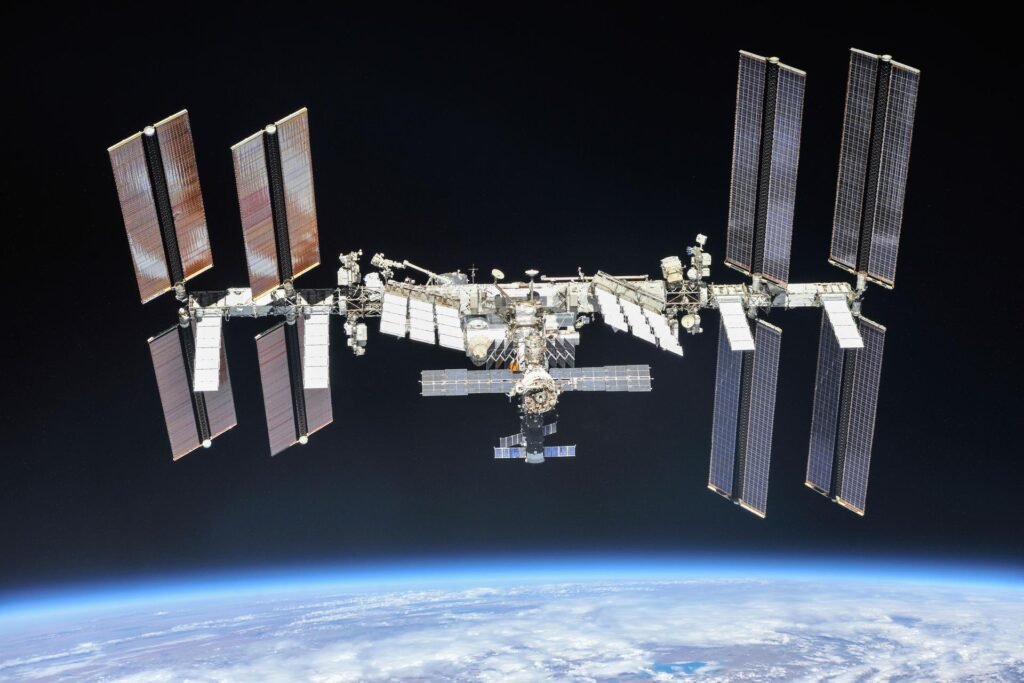NASA Taps SpaceX to Rescue Stranded Astronauts, Dealing Major Setback to Boeing’s Starliner
By Ademola Akitoye

NASA has chosen SpaceX to bring home two American astronauts stranded on the International Space Station (ISS), marking another setback for Boeing. NASA Administrator Bill Nelson announced the decision during a press conference at the Johnson Space Cen ter in Houston. The two astronauts, Suni Williams and Butch Wilmore, have been on the ISS for 11 weeks, far longer than their originally planned eight-day mission.
The trouble began in June when Boeing’s Starliner spacecraft experienced multiple issues, including the failure of five out of 28 reaction control system thrusters and a helium system leak. Since then, mission controllers have been working tirelessly to resolve the problems, hoping to safely return the astronauts using Starliner. However, NASA had to consider whether the astronauts could return safely on Starliner or if SpaceX’s Crew Dragon would be a better option.
Nelson emphasized that Boeing worked closely with NASA to provide the necessary data for this decision. He also mentioned that Boeing CEO Kelly Ortberg assured the company’s commitment to addressing Starliner’s issues. Although NASA confirmed its backup plan with SpaceX earlier this month, the decision was only recently finalized. Consequently, SpaceX’s next launch has been postponed to September 24, allowing Williams and Wilmore to return to Earth with the SpaceX crew in February—about eight months later than initially scheduled.

The SpaceX plan does come with risks. Williams and Wilmore arrived at the ISS in spacesuits designed for Starliner, which are incompatible with Crew Dragon. As a result, they will have to travel back to Earth without suits on the Crew Dragon, which offers less protection.
This decision is one of NASA’s most significant safety calls in decades, with memories of the Space Shuttle Columbia disaster, where seven astronauts lost their lives, still looming. Many of the Starliner mission managers were involved in that tragic event, and the experience has shaped their approach. Russ DeLoach, NASA’s Chief of Safety and Mission Assurance, highlighted the importance of preventing “organizational silence” in decision-making, referencing past failures where critical data or concerns were not adequately addressed.
Nelson acknowledged NASA’s past mistakes, noting that space flight is inherently risky, especially test flights. He stated that the decision to keep Williams and Wilmore on the ISS while bringing Starliner home without a crew reflects NASA’s unwavering commitment to safety.
NASA has invested $4.2 billion in Starliner as part of its Commercial Crew Program, aiming to provide multiple U.S.-based options for human spaceflight and reduce reliance on Russian Soyuz spacecraft. The Starliner mission was supposed to demonstrate the spacecraft’s ability to regularly transport astronauts to and from the ISS. The failure of this mission is a major blow to Boeing’s space ambitions, but NASA remains committed to working with the company.
Both Boeing and SpaceX have spent the past decade developing their spacecraft with NASA. While NASA has maintained that this program was not a competition, SpaceX has significantly outpaced Boeing. SpaceX completed its first crewed test flight four years ago and did so at a lower cost—$2.6 billion compared to Boeing’s expenses.
After years of delays, technical challenges, and rising costs, this Crew Flight Test was Boeing’s final obstacle before NASA could certify Starliner for human spaceflight.
Personal Development is key: browse available courses we offer
